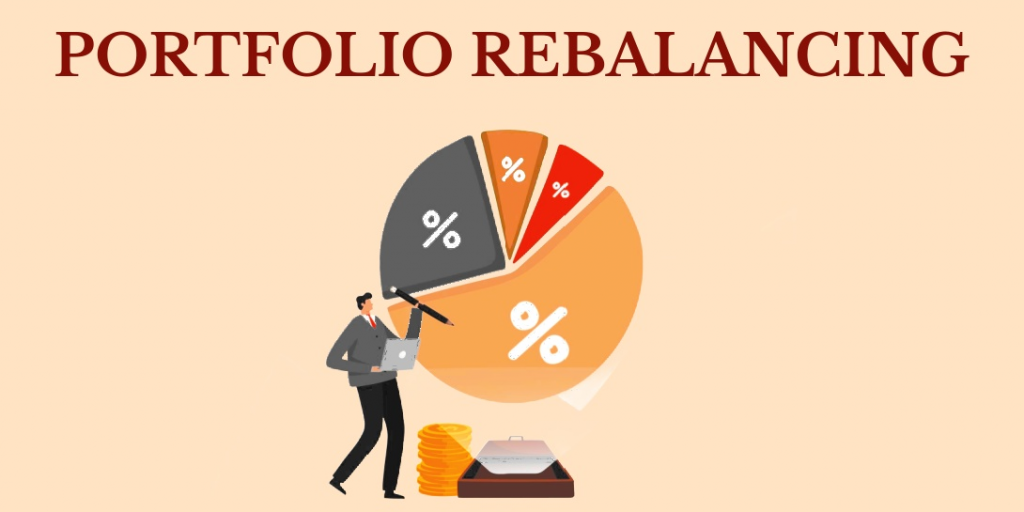Rebalancing your investment portfolio is a crucial, yet often overlooked, practice in long-term investing. While many investors spend significant time selecting assets and building their portfolios, few consistently revisit their allocations. Over time, market fluctuations can shift your asset distribution away from your original strategy. Rebalancing helps bring your portfolio back in line with your financial goals, risk tolerance, and investment horizon.
In this article, we’ll explore what rebalancing is, why it matters, how often to do it, and the most effective methods for doing it without jeopardizing returns or incurring unnecessary costs.
What Is Portfolio Rebalancing?
Portfolio rebalancing is the process of realigning the weight of assets in your investment portfolio to match your original or desired allocation. This is necessary because different asset classes such as stocks, bonds, and real estate grow at different rates. As a result, your portfolio can become unbalanced, taking on more risk or becoming more conservative than you intended.
For example, if your original allocation was 70% stocks and 30% bonds, and after a market rally your stocks now represent 80% of your portfolio, your risk level has increased. Rebalancing would involve selling some stocks or buying more bonds to restore the original 70/30 balance.

Why Rebalancing Matters
- Controls Risk Exposure
Rebalancing ensures that your portfolio stays aligned with your risk tolerance. Without it, you may end up unintentionally overexposed to volatile assets. - Maintains Investment Discipline
It prevents emotional investing by encouraging a rules-based approach. When you rebalance, you’re often selling high and buying low, which is a sound long-term strategy. - Supports Goal Alignment
As your financial goals change such as preparing for retirement or buying a house balancing allows your portfolio to evolve accordingly.
How Often Should You Rebalance?
There’s no one-size-fits-all answer, but most experts suggest rebalancing either:
- Periodically: Every 6 or 12 months, regardless of market conditions.
- Threshold-based: When an asset class shifts more than a certain percentage (e.g., 5%) from your target allocation.
Combining both approaches can also be effective. For example, you may check your portfolio every quarter but only rebalance if an asset has deviated by more than 5%.
How to Rebalance: Step-by-Step Guide
- Review Your Target Allocation
Before you can rebalance, you need a clear understanding of your target allocation. This depends on your goals, age, risk tolerance, and time horizon. A younger investor may aim for 80% stocks and 20% bonds, while someone approaching retirement might prefer a more conservative 50/50 split. - Analyze Your Current Allocation
Use your investment platform’s tools or a portfolio tracker to check the current percentages of each asset class. This will show you how far you’ve drifted from your original plan. - Calculate Adjustments Needed
Determine how much of each asset you need to buy or sell to return to your target percentages. Be sure to include all assets in your portfolio (including mutual funds, ETFs, and retirement accounts). - Execute Rebalancing
You can rebalance in several ways:- Buy and Sell: Sell assets that are overweight and use the funds to buy underweighted ones.
- Use New Contributions: Redirect new investment funds into the underweighted asset classes.
- Dividend Reinvestment: Adjust your dividend reinvestments to support your target allocation.
- Withdrawals: If you’re in retirement, you can withdraw from overweight assets.
- Consider Tax Implications
Rebalancing in taxable accounts may trigger capital gains taxes. Try to:- Rebalance within tax-advantaged accounts like IRAs or 401(k)s.
- Offset gains with losses if possible (tax-loss harvesting).
- Use new contributions instead of selling existing assets.
Tips for Effective Rebalancing
- Automate the Process
Some robo-advisors and platforms offer automatic rebalancing. This can save time and ensure consistency, especially for long-term investors. - Rebalance in Tax-Advantaged Accounts First
Making changes in accounts like IRAs or 401(k)s allows you to avoid immediate tax consequences. - Watch Out for Transaction Fees
Selling and buying assets can incur fees. Try to limit trades or use no-fee ETFs to reduce costs. - Don’t Overdo It
Rebalancing too frequently can be counterproductive and generate unnecessary fees. Stick to your rebalancing schedule unless the market shifts drastically.

Common Mistakes to Avoid
- Ignoring Rebalancing Completely
Letting your portfolio drift indefinitely can significantly increase your risk exposure or lower your returns. - Trying to Time the Market
Rebalancing is not about predicting market trends. Stick to your schedule and let discipline drive the process. - Neglecting Changing Life Circumstances
As your income, family situation, or retirement timeline changes, your asset allocation should evolve too.
Conclusion
Rebalancing your investment portfolio is more than just a maintenance task it’s a strategic action that helps you stay aligned with your financial goals and risk tolerance. By periodically reviewing your asset allocation, making thoughtful adjustments, and avoiding unnecessary emotional reactions, you can increase your chances of long-term success.
Whether you’re a passive investor who checks their portfolio once a year or a more hands-on investor tracking performance monthly, make rebalancing part of your investment habit. It’s a simple practice that pays off in discipline, consistency, and peace of mind.
